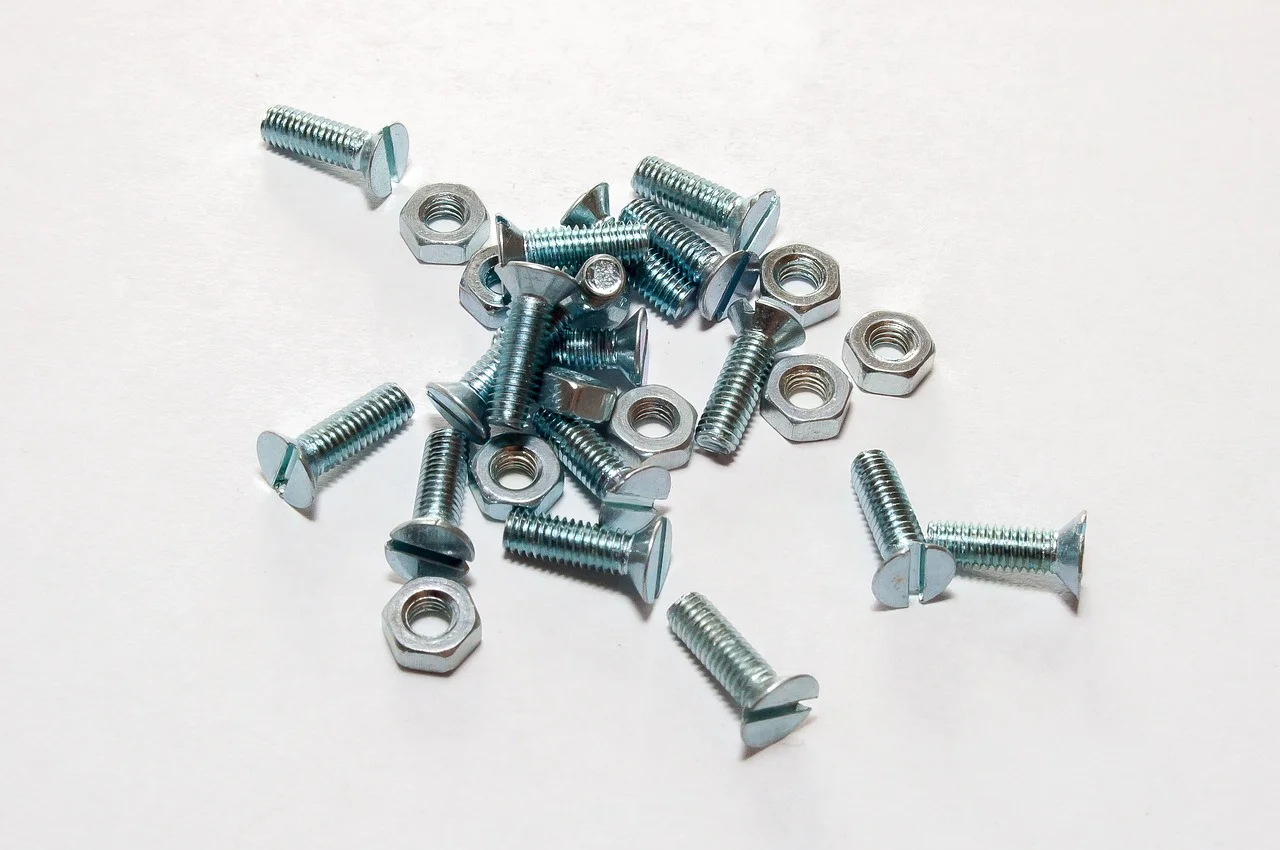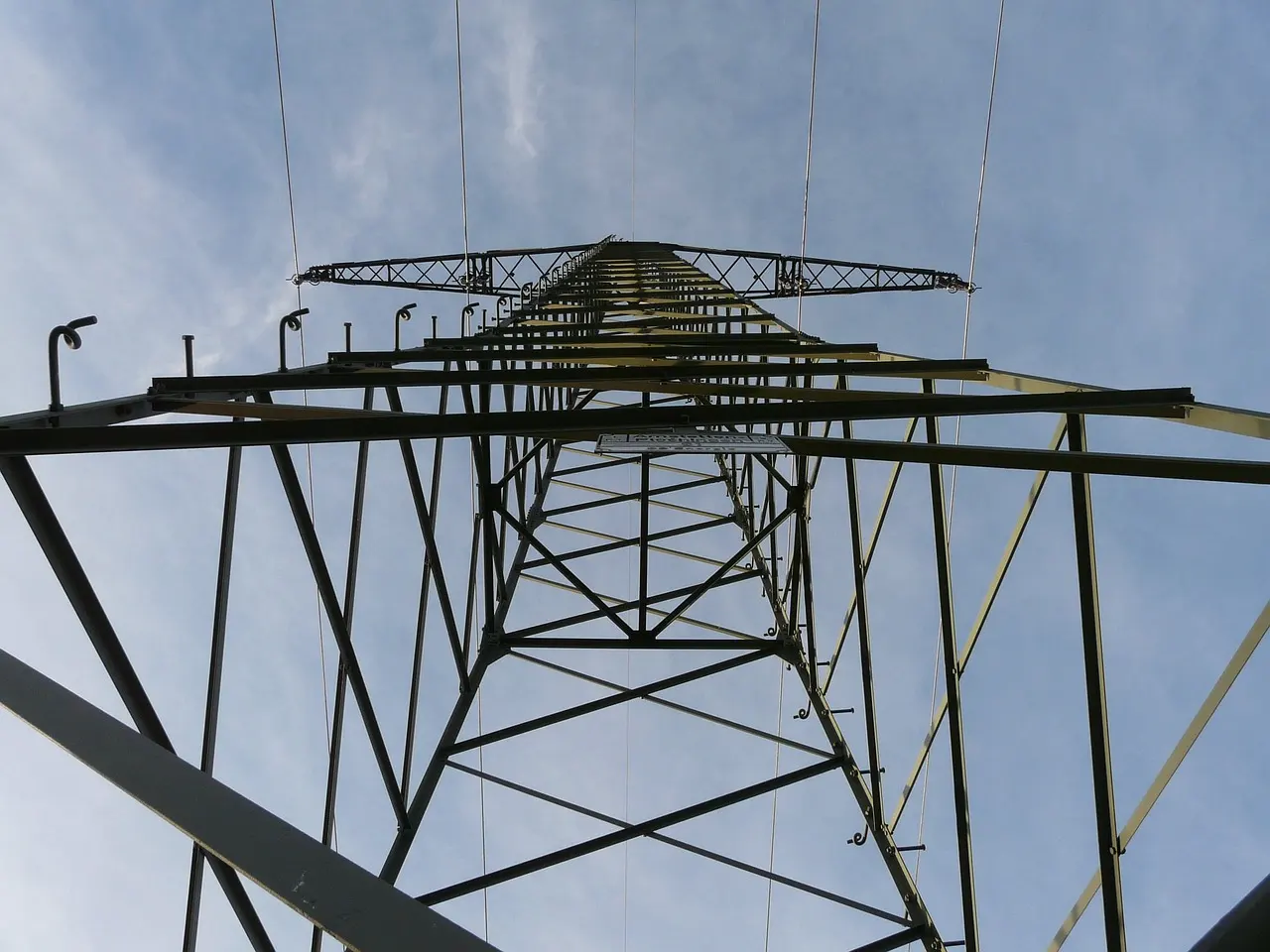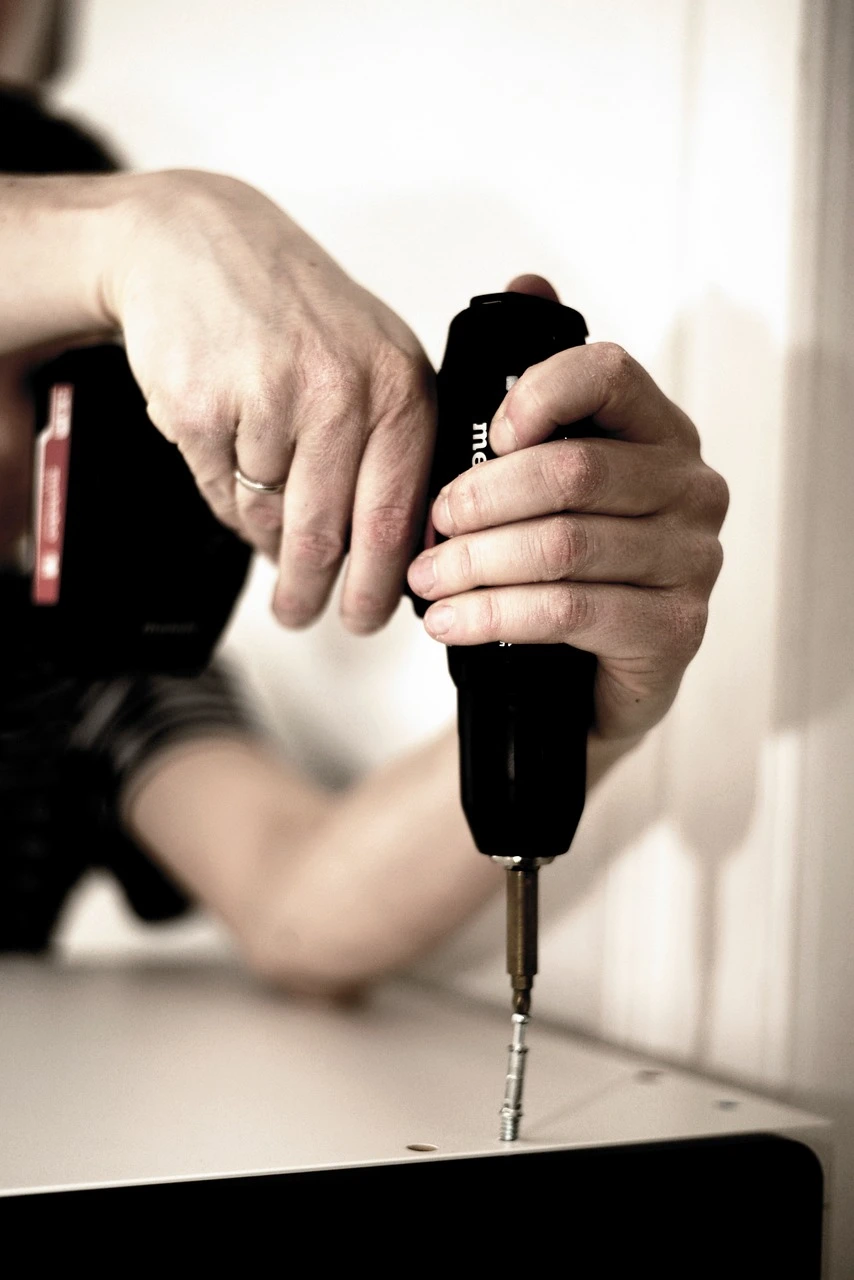caTEGORIES
Tags
Drill screws vs. Traditional Expansion Anchors Which is Easier

Posted: August 06, 2024
Categories: News
Tags: news
Understanding Drill screws
Definition and Applications
Concrete Bolts are a type of fastener specifically engineered for attaching objects to concrete surfaces. Unlike conventional anchors that expand within the drilled hole, these bolts cut their own threads upon installation. This guarantees a secure and tight fit into the material. These bolts are particularly beneficial for heavy-duty applications in construction, industrial settings, and even DIY projects where a strong and dependable mounting solution is necessary.
Advantages of Drill screws
One of the primary advantages of Drill screws is their high pull-out resistance due to the threading mechanism. This feature allows for greater load-bearing capacity compared to other types of fasteners. Additionally, they are versatile and can be used in various base materials, including brick and stone. The installation process is also more straightforward and quicker, which reduces labor costs and time. Their resistance to vibration makes them ideal for dynamic loads.
Limitations to Consider
While Drill screws offer numerous benefits, they are not without limitations. They can be more expensive than traditional expansion anchors, which may not be ideal for large-scale projects with budget constraints. The need for specific installation tools can also be a drawback, especially for those lacking the necessary equipment. Furthermore, if the drilling hole is not precise, it can compromise the bolt’s effectiveness and lead to failures or the need for reinstallation.
Qewitco Fasteners Co., Ltd. stands out as a premier supplier in this domain, offering a diverse range of high-quality fasteners and fixings that cater to various industrial needs.
Founded in 2004, Qewitco has persistently focused on producing and trading high-quality, reliable products. The company’s operational principles, which are deeply influenced by its former British owners and directors, have been crucial in managing the supply chain of industrial consumable goods from mainland China and neighboring countries such as Taiwan, Malaysia, Vietnam, and Thailand. This combination of Western business expertise and Far Eastern values enables Qewitco to provide outstanding products and services to its international customers.
Qewitco’s competitive product range includes fasteners of general grade, high grade, and those made from brass/copper, stainless steel, aluminum, and various alloys. The provision of test certificates, coupled with rigorous professional quality control and traceability, underscores the company’s unwavering commitment to excellence.

Traditional Expansion Anchors Explained
What Are Expansion Anchors?
Expansion anchors are traditional fastening solutions used to secure objects into concrete, brick, or stone. They work by expanding inside the drilled hole to create a tight grip. This expansion is achieved through various mechanisms, such as the cone-spread or sleeve-spread method. Once expanded, they effectively lock in place, providing a stable and secure hold. These anchors are commonly used in applications ranging from light-duty home fixtures to more demanding industrial uses.
Common Uses of Expansion Anchors
Expansion anchors find extensive application in both residential and commercial environments. These anchors are particularly suitable for mounting heavy items such as shelves, light fixtures, and cabinetry. In industrial settings, they are frequently employed to secure structural components, machinery, and safety barriers. Their broad availability and compatibility with a wide range of base materials make them a preferred option for various fastening requirements.
Disadvantages to Be Aware Of
Despite their versatility, expansion anchors have some drawbacks. Their effectiveness heavily depends on the condition of the base material; aged or deteriorated concrete can compromise their holding strength. The installation process is relatively complex and time-consuming compared to other fasteners, which can increase labor costs. Additionally, they may not be suitable for applications requiring resistance to dynamic loads and vibrations.
Comparing Installation Processes
Step-by-Step Installation of Drill screws
Preparation and Drilling
The first step in installing Drill screws is proper preparation, which involves selecting the right size of the bolt for your specific application. Next, mark the drilling spots on the concrete surface and use a hammer drill to create precise holes. The diameter of the hole should match the bolt requirements to ensure a tight fit.
Insertion and Tightening
Once the holes are prepared, insert the Drill screws and begin tightening. Use a wrench to turn the bolt, and as it advances, it will cut its own threads into the concrete. This self-threading mechanism ensures a secure and stable hold. It is crucial to avoid over-tightening, as this can strip the threads and diminish the bolt’s effectiveness.

Installation Guide for Traditional Expansion Anchors
Preparation and Drilling for Expansion Anchors
For traditional expansion anchors, begin by choosing the correct size and type according to the load requirements and base material. Once you’ve marked the spots, utilize a hammer drill to make the holes. Unlike Concrete Bolts, the hole for an expansion anchor generally needs to be slightly wider to allow for the expansion mechanism.
Setting the Anchor and Ensuring Hold
Place the expansion anchor into the drilled hole and hammer it in, ensuring it is fully seated. Next, tighten the bolt or screw, which will activate the expansion mechanism. This causes the anchor to expand and grip the sides of the hole tightly. Make sure to test the hold by applying a load to ensure it is secure and stable.
Time and Effort Analysis
Tools Required for Each Method
The tools required for installing Drill screws include a hammer drill, a set of drill bits matching the bolt dimensions, and a wrench. On the other hand, traditional expansion anchors require a hammer drill, appropriate drill bits, a hammer, and a tightening tool such as a wrench or screwdriver. Generally, fewer steps and tools are involved in the installation of concrete bolts, making the process quicker and more streamlined.
Skill Level and Learning Curve
Installing Drill screws is relatively straightforward and can be easily mastered, even by individuals with limited DIY experience. The key aspect is ensuring the holes are drilled accurately. Traditional expansion anchors, however, require more precision and experience due to the multiple steps involved and the need to activate the expansion correctly. This makes the learning curve for expansion anchors steeper compared to Drill screws.
To summarize, both Concrete Bolts and traditional expansion anchors come with their own advantages and disadvantages. Concrete bolts allow for quicker installation and offer higher load capacities, but they can be more costly and need specific tools. On the other hand, expansion anchors are versatile and widely accessible but involve a more complex installation process and might not perform optimally under certain conditions. Ultimately, the decision between the two will depend on the project’s specific needs and the installer’s skill level.
Durability and Reliability in Practice
How Drill screws Perform Over Time
When evaluating the long-term performance of Drill screws, several factors come into play. These bolts are renowned for their durability, which primarily stems from their self-threading mechanism. This ensures a tight and secure fit, minimizing the risk of loosening over time. In high-vibration environments, such as those found in industrial settings, Drill screws demonstrate superior resistance to dynamic loads. Their durability is further enhanced by their material composition, which often includes corrosion-resistant coatings. This makes them ideal for both indoor and outdoor applications, where exposure to the elements could otherwise compromise less robust fasteners.
Longevity of Traditional Expansion Anchors
In contrast, traditional expansion anchors also offer commendable durability but are more dependent on the quality of the base material. For instance, if the concrete or brick is aging or has deteriorated, the holding power of expansion anchors can be significantly diminished. Over time, the expansion mechanism can weaken, especially if subjected to constant stress or vibration. This can lead to a gradual loss of grip, making regular maintenance checks necessary. However, in stable, static conditions, traditional expansion anchors can provide a lasting solution for a variety of fastening needs.
Cost Implications
Material Costs
The initial material costs of Drill screws can be higher compared to traditional expansion anchors. This cost premium is due to the specialized design and materials used in the manufacturing process, including high-grade steel and anti-corrosion coatings. However, the investment can be justified by the enhanced performance and reliability, especially for heavy-duty applications. On the other hand, traditional expansion anchors are typically more affordable upfront, making them a cost-effective choice for projects that do not demand the high load-bearing capacity and vibration resistance of Drill screws.
Labor Expenses
Labor expenses can vary significantly between the two fastening methods. The installation of Concrete Bolts is generally quicker and involves fewer steps, which can reduce labor costs. The straightforward insertion and tightening process means less time spent on the job site, translating to lower hourly wages and increasing overall project efficiency. Conversely, traditional expansion anchors often require more precision during installation. The multiple steps involved, such as hammering the anchor into place and activating the expansion mechanism, can be more time-consuming. This extended installation time can increase labor costs, particularly for large-scale projects where numerous anchors are required.
Choosing the Right Anchor for Your Project
Selecting the appropriate anchor for your project depends on several key factors, including load requirements, environmental conditions, and budget constraints. If your project demands high load-bearing capacity and superior resistance to dynamic loads, Drill screws may be the more suitable choice despite their higher initial cost. Their ease of installation and long-term reliability can provide significant benefits, especially in industrial and heavy-duty applications.
On the other hand, if your project involves securing objects in stable, static conditions, and you are working with a tighter budget, traditional expansion anchors could be the more cost-effective option. They offer sufficient holding power for a wide range of applications and are readily available in various sizes and types.
In conclusion, the choice between Drill screws and traditional expansion anchors should be informed by a careful consideration of the specific needs and conditions of your project. Both fastening solutions have their unique advantages and limitations, and understanding these can help you make an informed decision that ensures safety, efficiency, and durability in your construction or installation tasks.
Proper fastening practices involve using the right techniques and high-quality fasteners to ensure the reliability and longevity of an assembly. Over-tightening fasteners can result in numerous adverse effects, including structural damage, reduced load-bearing capacity, and material deformation. For machinery and equipment, the implications include increased wear and tear, potential component failure, and higher long-term maintenance costs. Incorporating robust products from trusted suppliers like Qewitco Fasteners Co., Ltd. can significantly mitigate these risks and ensure the lasting performance of your assemblies.
Companies such as Qewitco Fasteners Co., Ltd. play a pivotal role in this process by supplying high-quality fasteners that meet stringent quality control standards. Their commitment to excellence ensures that the fasteners used in industrial applications can uphold the structural and functional demands placed upon them. As such, combining robust products with precise fastening techniques enables industries to strike the delicate balance between over-tightening and under-tightening, promoting both safety and efficiency.


